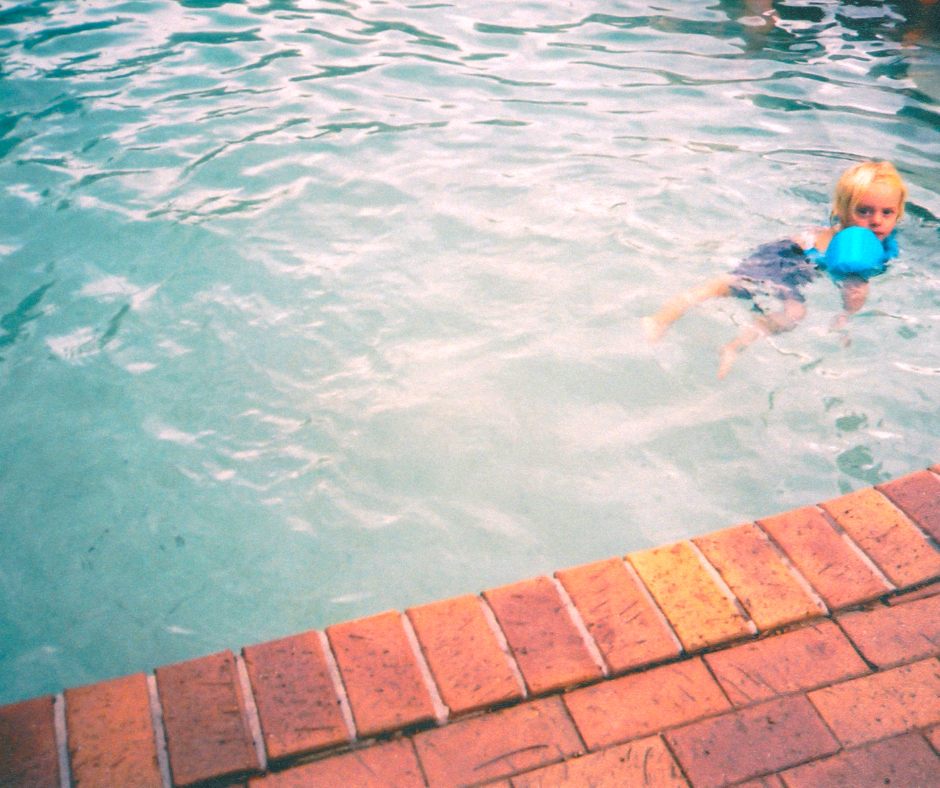Hello, summertime! Summer is my favorite season! It’s the time to be outdoors from sun up to sun down, spend time on the boat, in the pool, read books on the patio, drink lemonade, and catch fireflies.
Summer is also trauma season. It’s the season for motor vehicle accidents, bike accidents, burns, trampoline accidents, and drownings.
Today, we’ll focus on drowning, but I can’t pass up the opportunity to put out the reminder to wear your seat belts, bike helmets, and sunscreen! Be careful around fires and don’t forget to reapply your sunscreen and check for ticks, too! And, please please please do not mix alcohol and water! Or alcohol and driving.
Ok, back to water safety.
 Here’s the take home lesson if want to get right to the point:
Here’s the take home lesson if want to get right to the point:
If your child is submerged under water for any length of time and has any difficulty breathing, coughing, vomiting, change in behavior, or you are worried, please seek medical attention.
But what about dry drowning? What is it anyway, and what is important to know about it?
Dry drowning is not a thing.
There are no medically-accepted conditions known as near-drowning, dry drowning, or secondary drowning. These terms are not accepted medical terms. (As an example, think about near-ear infection, near-pregnant, near-strep… those aren’t accepted medical terms and even sound silly to think about.)
So, it’s called a drowning when a person is submerged underwater and lives? Yes.
It’s called a drowning no matter the outcome.
In 2002, the World Congress on Drowning created the following Uniform Definition for drowning: The process of experiencing respiratory impairment due to submersion or immersion in a liquid.
From this definition, there can be 3 outcomes:
1. Fatal drowning
2. Non-fatal drowning without morbidity (injury)
3. Non-fatal drowning with morbidity
Here are factors that don’t affect the definition of drowning: the outcome (life or death), the time of submersion, the type of water.
If a person’s airway drops below the water and they have breathing problems as a result, it’s a drowning.
So what’s the bottom line?
If a child is submerged and has symptoms, the child should be evaluated by a medical professional.
When a child coughs and chokes on water while jumping and splashing and it resolves quickly (and they were not submerged), and they go on playing and you as think they are ok, then they are likely ok.
If the child is submerged and has any trouble breathing, a cough that continues, vomiting, change in behavior, foam or liquid from the mouth, or you think they are not ok, please seek medical attention.
If you have any questions, we may be reached anytime at 319-688-7337.
Have a fun and safe summer, and don’t forget to schedule your sports physicals!
About Guest Blogger
This is a sponsored post. ICMB was compensated for sharing this piece. However, we love connecting our readers with people and organizations that are doing good in our community, and we think you will find this information helpful and informative!










